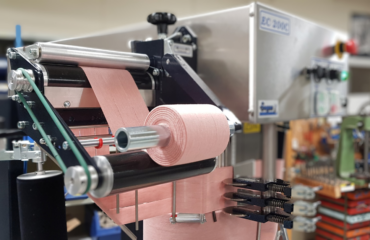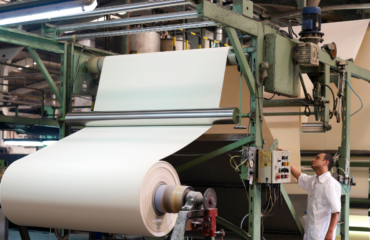Smart textiles, also known as electronic or e-textiles, represent a groundbreaking fusion of fashion and technology. These textiles go beyond mere wearability; they are programmable, interactive, and functional. In this article, we’ll explore what smart fabrics are, provide real-life examples, and discuss their future implications.
What Are Smart Materials?
Also called intelligent or responsive materials, these types of fabrics automatically respond to external stimuli such as temperature changes, light, pressure, or electric fields. Unlike traditional materials with static properties, interactive materials can adapt and change their properties based on environmental conditions. For instance:
– Piezoelectric materials generate voltage when pressure is applied.
– Shape memory alloys return to their original form after deformation.
– Thermochromic materials change color with temperature variations.
Enter Smart Fabrics
A subset of smart materials, these special fabrics embed digital components directly into textiles. These fabrics can:
- Conduct electricity
- React to environmental changes
- Gather and transmit data
- Incorporate embedded LED lights
Examples of Intelligent Fabrics
1. Thermochromic Fabrics: These fabrics change color in response to temperature variations, finding applications in fashion and safety gear.
2. Conductive Fabrics: Embedded with conductive threads, these fabrics transmit electrical signals and are used in wearable electronics.
3. Self-Healing Fabrics: Developed with materials that repair themselves after being punctured or torn.
Cutting-Edge Innovations
Researchers at Cambridge University have woven a 46-inch textile display loaded with LEDs, sensors, and energy storage. This e-textile can display different images or colors based on input from fiber-based devices like light, touch, and temperature sensors. The textile’s multi-functionality and compatibility with existing industrial manufacturing processes make it truly unique.
Image Source: https://www.cam.ac.uk/research/news/scientists-develop-fully-woven-smart-display
Healthcare and Beyond
Responsive fabrics embedded with sensors could transform everyday clothing into interactive devices. Imagine garments that track health metrics or provide real-time environmental feedback.
Tech textiles are more than just fabrics; they’re a canvas for innovation, bridging the gap between style and functionality. As technology advances, we can expect even more exciting developments in this field.
Remember, the future of fashion isn’t just about what you wear—it’s about what your clothes can do for you!





